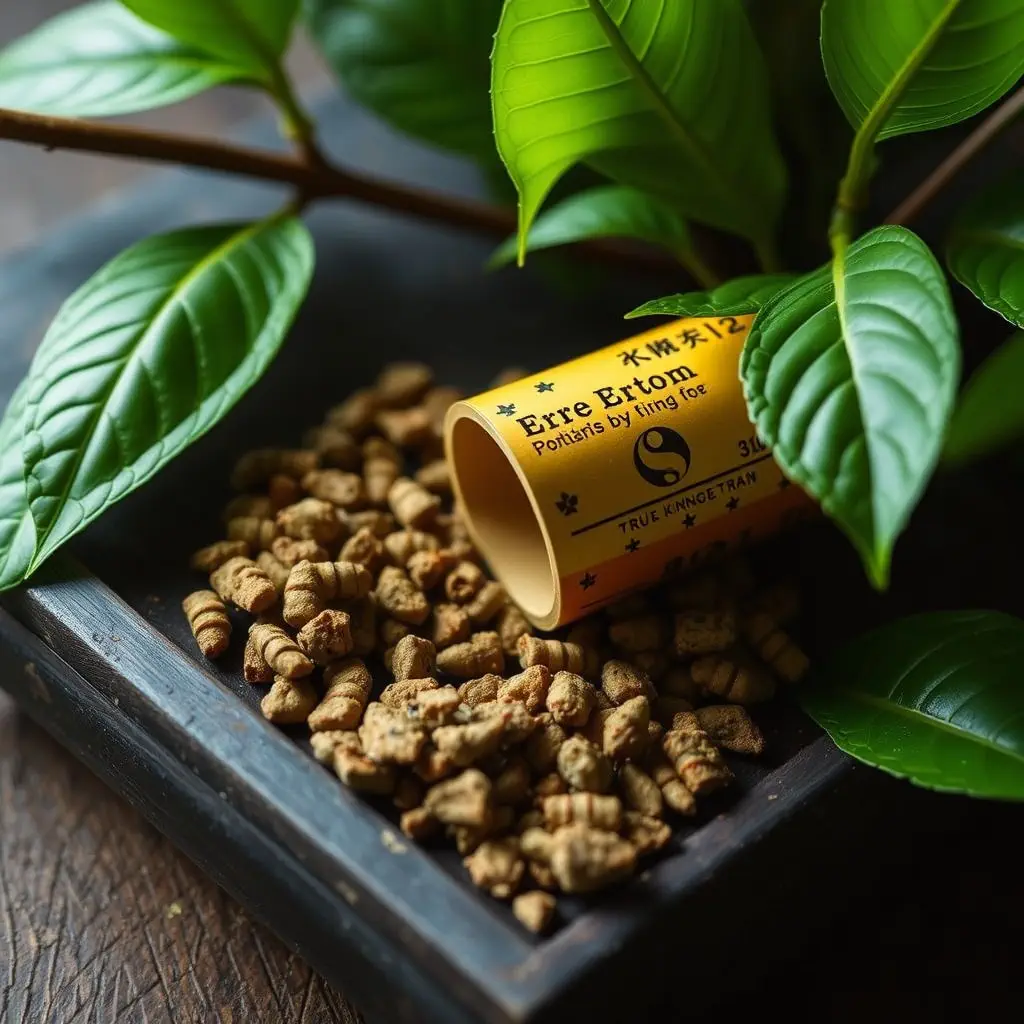The Lotus Blue Flower, a supplement derived from the Mitragyna speciosa tree, has shown potential in preclinical studies for mitigating opioid withdrawal symptoms by engaging with opioid receptors, offering a natural alternative to prescription opioids. It supports detoxification and may help users transition away from opioids without the risk of addiction, as suggested by user experiences and anecdotal evidence that also point to its effectiveness in alleviating withdrawal-related symptoms such as anxiety, depression, muscle aches, and insomnia. The Lotus Blue Flower's alkaloids, like mitragynine and 7-hydroxymitragynine, are similar to those found in kratom, which has also been used traditionally in Southeast Asia for its stimulating and pain-relieving effects. Kratom is gaining attention as a potential harm reduction strategy for opioid withdrawal management. However, the complexity of its interaction with the body necessitates further clinical research to clarify its efficacy and establish standardized dosing guidelines. Ongoing studies aim to understand kratom's mechanisms fully and evaluate its role in treatment protocols for opioid addiction, emphasizing the importance of caution and professional consultation when considering its use. The symbolism of the Lotus Blue Flower reflects hope for positive outcomes in overcoming opioid dependency through natural means.
Exploring the therapeutic potential of natural remedies, this article sheds light on the Lotus Blue Flower’s role in easing opioid withdrawal symptoms. Known colloquially as Kratom, this botanical substance is gaining attention for its effects in mitigating the discomfort associated with opioid cessation. We delve into the mechanisms behind Kratom’s action, providing a comprehensive overview of its scientifically-backed benefits. Join us as we uncover the promise of Kratom in aiding individuals through this challenging transition.
- Unraveling the Potential of Lotus Blue Flower in Mitigating Opioid Withdrawal Symptoms
- Understanding Kratom: A Botanical Approach to Easing the Transition from Opioids
- The Science Behind Kratom's Role in Alleviating Opioid Withdrawal
Unraveling the Potential of Lotus Blue Flower in Mitigating Opioid Withdrawal Symptoms

The Lotus Blue Flower, a natural supplement derived from the mitragyna speciosa tree, has garnered attention for its potential role in alleviating opioid withdrawal symptoms. Preclinical studies have suggested that components within the Lotus Blue Flower may interact with the same opioid receptors as prescription opioids, offering a natural alternative to manage withdrawal effects. The unique alkaloid profile of this botanical is believed to provide support during detoxification by mimicking some aspects of opioid use without the addictive properties, thereby potentially easing the transition for individuals seeking to abstain from opioids. As research continues to evolve, the Lotus Blue Flower emerges as a subject of interest for those exploring alternative methods to cope with the discomfort associated with opioid withdrawal, offering a glimmer of hope for a more manageable and less harrowing detoxification process. Users have reported its efficacy in mitigating symptoms such as anxiety, depression, muscle aches, insomnia, and other physical and psychological distresses commonly experienced during withdrawal. The therapeutic potential of the Lotus Blue Flower warrants further investigation to elucidate its mechanisms of action and establish safe and effective dosing guidelines for clinical application.
Understanding Kratom: A Botanical Approach to Easing the Transition from Opioids

Kratom, derived from the leaves of the Mitragyna speciosa tree, has garnered attention in discussions surrounding opioid withdrawal management. The plant’s leaves, often compared to the lotus blue flower in their botanical properties, contain alkaloids that interact with the brain’s opioid receptors, offering a potential natural alternative for those experiencing opioid withdrawal symptoms. Traditionally used in Southeast Asian cultures for its stimulating and pain-relieving effects, kratom’s mitragynine and 7-hydroxymitragynine compounds have been studied for their roles in easing the transition from opioids. These alkaloids can help mitigate withdrawal symptoms such as anxiety, muscle aches, and irritability, providing a smoother path to recovery for individuals seeking to discontinue opioid use.
As an increasingly explored avenue in harm reduction strategies, kratom’s efficacy in managing opioid withdrawal is under scrutiny by researchers and practitioners alike. The plant’s interactions with the body are complex, and its potential benefits must be weighed against the need for further clinical research. Users contemplating kratom as a means to alleviate withdrawal symptoms should approach it with caution, adhering to recommended dosages and consulting healthcare professionals. The lotus blue flower, often associated with kratom due to its visual similarity, symbolizes tranquility and enlightenment, which many hope can be reflected in the experiences of those utilizing kratom for opioid withdrawal relief.
The Science Behind Kratom's Role in Alleviating Opioid Withdrawal

Kratom, derived from the leaves of the Mitragyna speciosa tree, has garnered attention for its potential role in mitigating opioid withdrawal symptoms. The plant’s efficacy is attributed to its alkaloid composition, particularly mitragynine and 7-hydroxymitragynine, which interact with the body’s opioid receptors. These compounds may offer a pharmacological profile that can help ease the distressing physical and psychological symptoms associated with opioid cessation. The science behind kratom’s action lies in its agonistic effect on mu-opioid receptors, which are also the targets of traditional opioids. This dual action—stimulating at low doses and depressing at high doses—may provide a smoother transition for individuals weaning off opioids, as kratom can potentially mimic the effects of an opioid without the same level of risk for abuse or dependence. The lotus blue flower, as kratom is often referred to, has been used traditionally in Southeast Asia for pain relief and energy enhancement, offering insights into its potential therapeutic applications. Clinical studies are ongoing to further elucidate kratom’s mechanisms of action and its role in managing opioid withdrawal, with the aim of developing a safer and more effective tool for those struggling with opioid addiction.
In conclusion, the evidence presented suggests that the lotus blue flower, a key component of Kratom, may offer significant relief from opioid withdrawal symptoms. The botanical’s alkaloids have been shown to interact with the body’s opioid receptors, potentially aiding in the reduction of withdrawal effects. The scientific community is increasingly recognizing the potential of Kratom in this capacity, offering hope and a natural alternative for those seeking to manage the challenging process of detoxification. As research continues to evolve, it is clear that further investigation into the efficacy and safety profiles of Kratom, including the lotus blue flower, is warranted to fully understand its role in mitigating opioid withdrawal symptoms.






